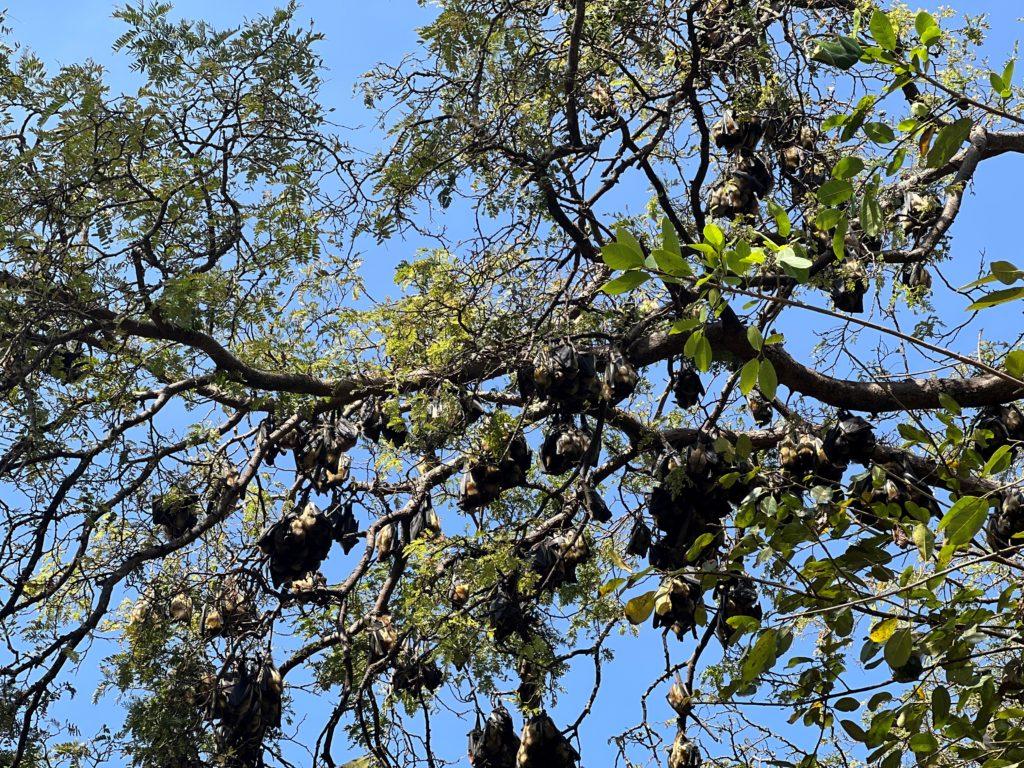
On 20th September 2022, the Uganda Ministry of Health (MOH), together with the World Health Organization declared an outbreak of Ebola Virus Disease (EVD) due to Sudan ebolavirus in Mubende District, after one fatal case was confirmed. The index case was a 24-year-old man, a resident of Ngabano village of Madudu sub-county in Mubende District. The patient experienced high fever, diarrhea, abdominal pain, and had been vomiting blood since 11 September 2022. Samples were collected on September 18th, 2022 and EVD was laboratory-confirmed on 19 September 19th, 2022. The patient died on the same day, five days after hospitalization. On September 19th, local leaders from the two highly affected subcounties, Madudu and Butoloogo, reported six community deaths during August 13–September 15 among persons that had shown similar signs and symptoms. A public health emergency response was launched by the MOH, the Mubende District health team, and other partners. Fortunately, the outbreak was contained in the weeks after. The Ebola outbreak was declared over as of 11th January 2023, after 42 days had elapsed without any case reported (since the last case was released from care). By then, a total of 142 confirmed cases of Sudan virus disease (SVD) had been reported, of which 55 had died (CFR: 39%), and 87 recovered. In addition, 22 deaths among probable cases were reported in individuals who died before samples could be taken (overall CFR: 47%). At least 19 healthcare workers had been infected, of whom seven died. In total, Ebola cases had been identified in 9 districts.
Prior to this outbreak, Uganda already had five EVD outbreaks in 2,000, 2014, 2017, 2018 and 2019. The biggest and most deadly one occurred in 2000 which resulted into 425 cases and 224 deaths. Because of these recurrent outbreaks, one perhaps expects that the country’s surveillance and response systems are stronger and more able to rapidly identify index cases. Indeed, prior to the onset of COVID-19, it was expected that Uganda would be more resilient (as compared to other countries’ health systems) based on these experiences. Before the pandemic, Uganda had received credit for supporting the management of disease outbreaks in other countries including the 2014-2015 Ebola Virus Disease outbreak in West Africa . The country’s efforts to prevent spillover across national borders of the recent Ebola outbreak in the neighboring Democratic Republic of Congo strengthened such recognition.
However, in spite of this credit, containing the latest Ebola outbreak wasn’t exactly a walk in the park. In addition, Uganda continues to experience similar disease outbreaks of diverse pathogens including anthrax, rift valley fever, Crimean Congo Hemorrhagic fever among others. Moreover, some of these disease outbreaks occur regularly and have pandemic potential. Based on the previous experiences, one would think the country’s health system has greatly improved in recent years to prevent spillover events, ensure early detection and response to such diseases outbreaks. Unfortunately, the capacity of the health system to prevent, detect, and respond to such disease outbreaks still seems to be inadequate. Indeed, the latest (2021) iteration of the Global Health Security Index scorecard for Uganda (index score of 36.5) indicates continued global health security risks, even if the country ranks 6th among the 54 African countries. As compared to 2019, there’s even a drop in prevention (capacity) of zoonotic diseases (- 3.4) and a drop in response (-11.3) regarding communications as well as trade and travel. This provides opportunities for not only the occurrence of disease outbreaks but also their escalation to new areas. Transboundary transmissions of pathogens of pandemic potential are indeed likely to occur and this coupled with limited communications can exacerbate the impacts.
Side remark: global health security indices are a bit controversial since the Covid pandemic (for the reasons you know), but they do give some idea on where there’s still (plenty of) room for improvement.
So what should be done?
Surveillance systems ought to integrate ecological aspects including wildlife. For instance, the sudden death of wildlife could provide opportunities for early response before there’s an impact on human communities. The systems should also provide opportunities for improved community participation. This is not only vital in preventing occurrence of the disease but also during the response. Notably, this would facilitate contact tracing activities within communities. Integration of environmental aspects within the surveillance systems would also provide opportunities for detecting disease events in wildlife before they spill over to humans. This could limit impacts on human health. More in general, One Health approaches (to prevent and manage such disease outbreaks) should be promoted, fully integrating environmental, human, and animal health aspects.
Let’s hope all these aspects will get due attention at the upcoming UN High-Level meeting on Universal Health Coverage in September.

